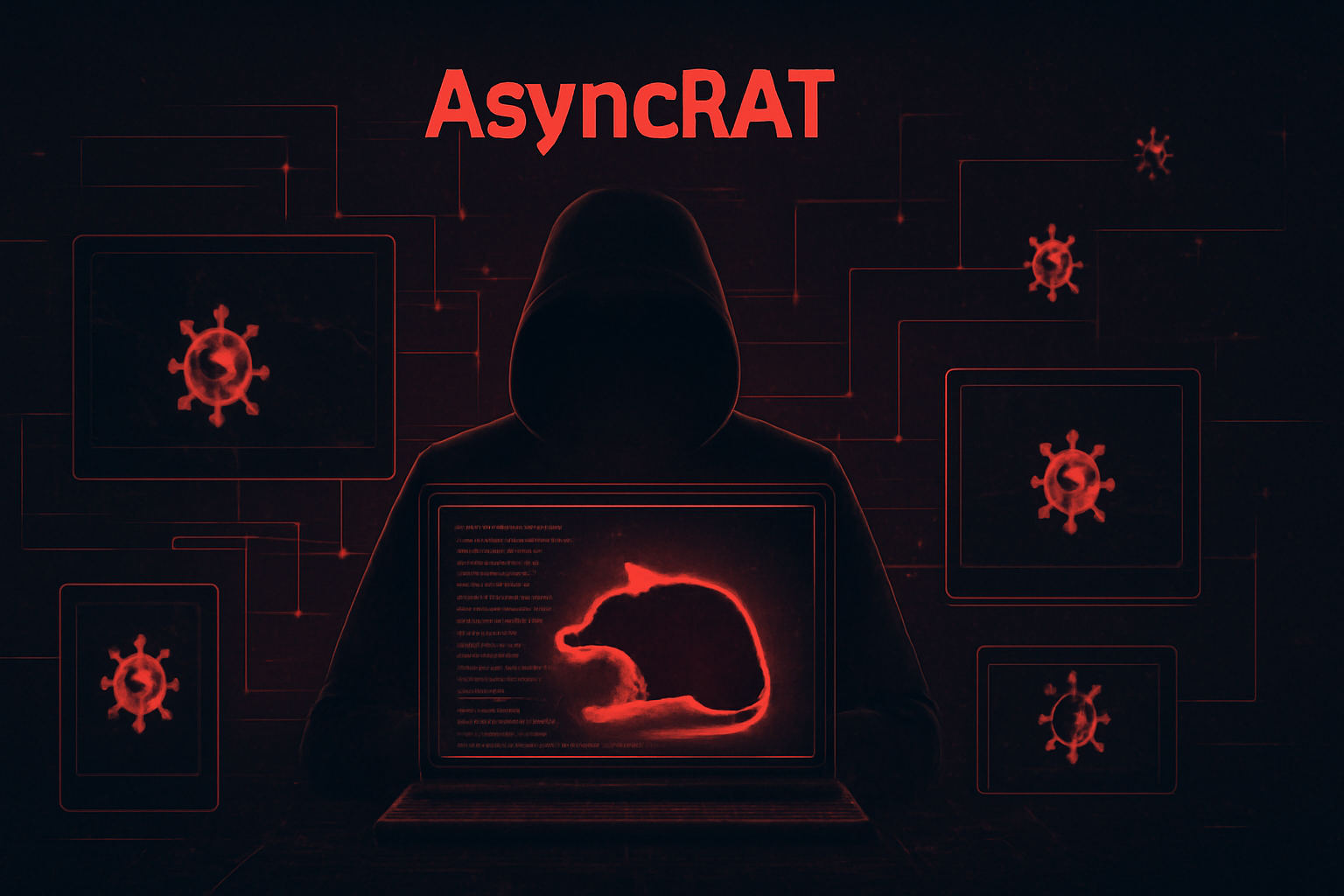AsyncRAT: The Rise of a Popular Open-Source Malware
AsyncRAT, a shortened form of “Asynchronous Remote Access Trojan,” is a prevalent malware family used by various threat actors to compromise Windows systems. This remote access trojan (RAT) grants attackers complete remote control over infected computers, enabling them to execute commands and steal data for malicious activities.
Origins and Evolution of AsyncRAT
Initially released on GitHub in 2019 as an open-source remote administration tool, AsyncRAT’s intended purpose remains unclear. While self-advertised as a legitimate tool for educational purposes, its near-exclusive use for malicious activities suggests a possible ulterior motive by the creator. The open-source nature allows threat actors to modify the original code, creating variations with enhanced features and novel attack methods. This adaptability contributes significantly to AsyncRAT’s widespread use and the diversity of attacks it facilitates.
AsyncRAT’s Capabilities and Functionality
Written primarily in C#, with recent instances in Rust observed, AsyncRAT presents challenges for reverse engineering, especially the Rust versions. Once a system is compromised, it communicates with a command and control (C2) server, establishing persistence through various techniques. Key capabilities include:
- Remote command execution
- Plugin downloading
- Process termination
- Self-updating capabilities
- Anti-detection mechanisms (e.g., evasion of virtual machines and sandboxes)
Distribution Methods and Campaigns
AsyncRAT is predominantly disseminated through phishing, often via spam emails containing malicious attachments. However, its distribution methods are diverse and include:
- Phishing emails with malicious attachments (e.g., ISO files, HTML Application files)
- Spear phishing targeting specific individuals or organizations
- Distribution alongside other RATs and infostealers
- Exploitation of legitimate infrastructure (e.g., Dropbox URLs, malicious redirects)
Geographic Distribution and Prevalence
While AsyncRAT’s open-source nature makes it globally accessible, intelligence reports reveal interesting geographic trends. Although popular among Chinese cybercriminal groups, its C2 servers are primarily located in Poland, Turkey, and the United States. The 2025 Cyber Threat Intelligence Report from Bridewell highlighted this discrepancy. Despite this, its prevalence continues to grow: Check Point’s 2025 State of Cybersecurity report ranked AsyncRAT as the 6th most prevalent malware globally in 2024, rising to 4th place in February and May 2025.
Conclusion
AsyncRAT’s open-source nature, combined with its adaptability and diverse distribution methods, has contributed to its rise as a significant threat. Ongoing vigilance and proactive security measures are crucial in mitigating the risks associated with this versatile and increasingly prevalent malware.







